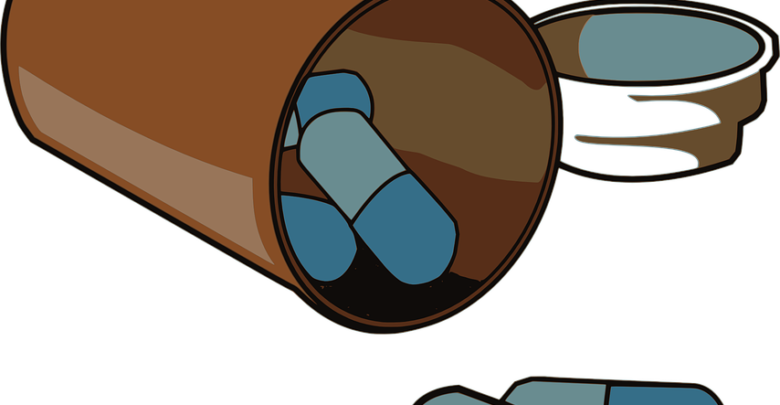Intellectual PropertyIP LicensingIP Valuation
Deceptively Similar Trademarks in the Pharmaceutical Industry: A Threat to Society

What is Deceptive Similarity?
There are a number of ways by which a trademark can be infringed; the most common way being the use of deceptively similar marks[i], with the intention to deceive or confuse the general public. The words deceptively similar have been defined under Section 2(1)(h) of The Trade Marks Act, 1999 as-
“A mark shall be deemed to be deceptively similar to another mark if it so nearly resembles that other mark as to be likely to deceive or cause confusion.”
In the Indian legal regime, the concept of deceptive similarity has been constantly used as a ground to refuse the registration of a trademark. The expression “deceptive similarity” has also been used in several other sections of the act, in the form of different variants such as “identical” or “nearly resembling” but all of them connote the same meaning and effect as per the definition. However, the Act does not explain any set standard or criteria to ascertain whether the mark in question is deceptively similar or not. ([ii])
Deceptive Similarity with Regard to the Pharmaceutical Industry.
While there is no provision in the Trademarks Act, 1999 which pertains to drugs and medicines, deceptively similar marks in the pharmaceutical industry are strictly forbidden.[iii] Drugs administered to patients have the capacity to affect the life and health of a patient. In the event of consumption of wrong medication owing to the deceptive similarity in trademarks, the patient in question may potentially be exposed to a threat to their life and well-being.
The Act does, however, states in section 23 that the trademarking of single-ingredient drugs is not permitted. Only medicines with specially concocted, distinctive and unique formulae can be trademarked as per the law. Since single-ingredient drugs are not distinctive or unique, they cannot be trademarked. This also prevents the confusion that could come along with trademarking the active ingredient used in the drug. Each specific chemical element used in the preparation of a drug has a chemical name and an ordinary name. These names are in the public domain and an exclusive right to them cannot be conferred to an individual or entity. However, the brand name chosen by the company manufacturing and marketing the drug in question can be trademarked with an exclusive right over the said name.[iv]
Patients, as well as health care experts, may be prone to confusion in cases where the marks of drugs are deceptively similar to each other. This could occur in day-to-day consultations with doctors. especially in high-pressure environments, wherein doctors may verbally misstate the name of a medicine/drug required or an illiterate person is unable to distinguish the minuscule difference in the names of drugs in a prescription.
Drawing the line between an unlawfully deceptive trademark and one which falls within the confines of the law used to be an extremely subjective process. A variety of factors are required to be considered, and the process was mostly at the discretion of the court. The need to make the process more objective, particularly with reference to the pharmaceutical industry, was extremely pressing. This was due to the seriousness of the consequences that would follow in the case of a deceptive trademark in this industry.
In the landmark judgment of Cadila Healthcare Limited v. Cadila Pharmaceuticals Limited[v], a number of tests were laid down to determine a deceptively similar trademark and the first step towards making the process of such determination more objective was taken. The court held that proper care and caution should be taken while dealing with pharmaceutical products and though these products were sold on prescription, there were chances that and one might be mistaken for the other. Therefore, the court held that as both the products are phonetically similar, it would amount to deceptively similar.
The court also highlighted that both the drugs have different compositions although they treat the same disease, which means that they cannot be substituted in place of each other. A slight chance of composition can have detrimental effects on the health of the consumer as certain consumers may be sensitive or allergic to the different ingredients used.
Conclusion
The presence of deceptively similar trademarks in the
pharmaceutical industry could be considered from two perspectives. One is that
they provide cheaper alternatives to otherwise expensive drugs, while the other
is that they pose potential harm to patients as they advertise themselves to be
something they are not. So far, the courts have upheld the policy of being
extremely strict with matters concerning deceptively similar trademarks in the
pharmaceutical industry. The health of the patient lies in the balance, not to
mention the illegality of stealing another company’s goodwill and brand name.
All in all, the cons by far outweigh the pros when it comes to deceptively
similar trademarks in the pharmaceutical industry. In this particular industry,
integrity, trust, and goodwill are imperative above all.
[i]David Kitchen, Kearly’s Law on Trademarks and Trade Names (Sweet & Maxwell 2001).
[ii]P. Narayanan, Intellectual Property Law 182 (3rded., Eastern Law House 2013).
[iii]Pradeep Kaur Malhotra, The Concept of Deceptive Similarity: Law & Public Policy, Manupatra, (2017), http://docs.manupatra.in/newsline/articles/Upload/D194E4A5-2785-4746-85A1-8EE6B9C53655.2-A__IPR.pdf.
[iv]Zakir Thomas, Legal Issues in Branding MedicinalProducts, 13 JIPR 523 (2008).
[v]Cadila Health Care Ltd. v. Cadila Pharamaceuticals Ltd., (2001) 5 SCC 73.





